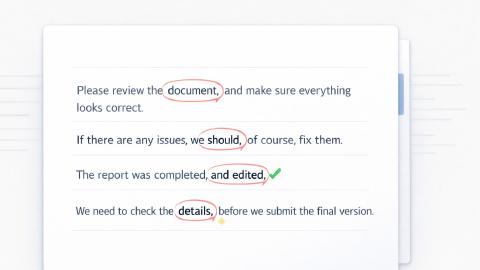7 Best Study Methods & Techniques For Any Learning Style
Need to study for an exam or test? Use these 7 best study methods & techniques to help you study, regardless of your learning style.
Studying for an exam or test can be stressful, especially when you’re unsure how to make the most of your time. Many students find it hard to focus, retain information, or even know where to start.
The good news is that there are simple, effective methods you can use to overcome these challenges.
Studies show that methods that utilize active recall are the most effective for effective student learning.
In this article, we'll cover the 7 best study methods & techniques you can use to boost your study game and ace your next exam. Let's dive in!
Things to Do Before You Start Studying
Before diving into study techniques, it's important to prepare yourself and your environment for success. A little planning can go a long way in helping you stay focused and productive.
Here are some essential steps to take before you start studying:
Get enough sleep - Being well-rested improves focus and memory retention. Aim for at least 7–8 hours of quality sleep each night.
Set up your study environment - Choose a clean, quiet space with minimal distractions. A dedicated area helps signal your brain that it’s time to focus.
Reduce distractions - Turn off notifications and keep your phone out of reach. A distraction-free zone improves your concentration.
Organize your materials - Gather all your notes, textbooks, and supplies beforehand. This saves time and keeps you from interrupting your workflow.
Create a study plan - Break your study time into manageable chunks and assign specific topics to each session. A clear plan keeps you on track.
Prepare healthy snacks and water - Staying hydrated and having healthy snacks nearby can keep your energy up during long study sessions.
By following these steps, you’ll create an environment that supports focus and productivity. With the basics covered, you’ll be ready to dive into your study sessions effectively.
Use AI Blaze to boost your study game
7 Best Study Methods & Techniques
Now that you’re ready to start studying, it’s time to choose the techniques that work best for you. The right method can help you stay focused, retain information, and manage your time more effectively.
Here are seven proven study techniques that cater to different learning styles and needs.
1. Pomodoro Technique
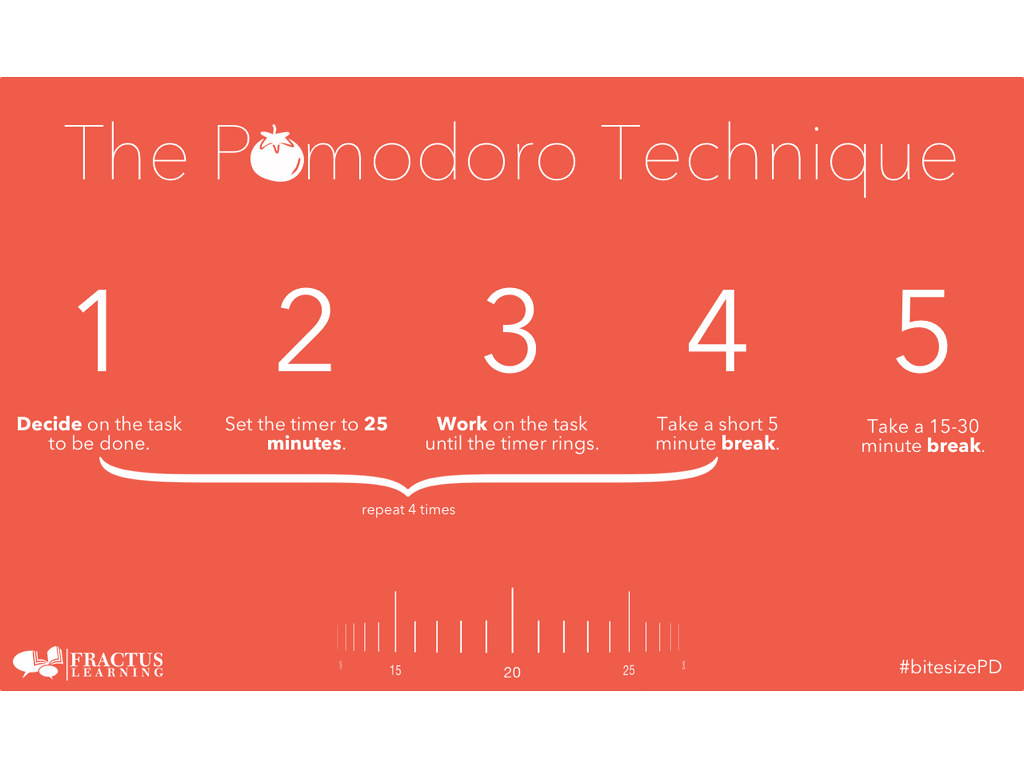
The Pomodoro Technique is a time management method designed to improve focus. It involves working for 25 minutes followed by a 5-minute break. After completing four cycles, take a longer break of 15–30 minutes. This approach prevents burnout and helps you maintain steady concentration.
The method is particularly effective for tackling large volumes of material. Breaking tasks into smaller chunks makes them feel more manageable. It’s also a great way to track progress, as you can count how many "Pomodoros" you complete in a session.
The Pomodoro Technique keeps you focused, makes studying less overwhelming, and gives you well-earned breaks to recharge.
To use this method, set a timer for 25 minutes and focus solely on studying during that time. Avoid multitasking and keep your attention on the task at hand. When the timer goes off, reward yourself with a quick break before starting the next cycle.
2. Feynman Technique
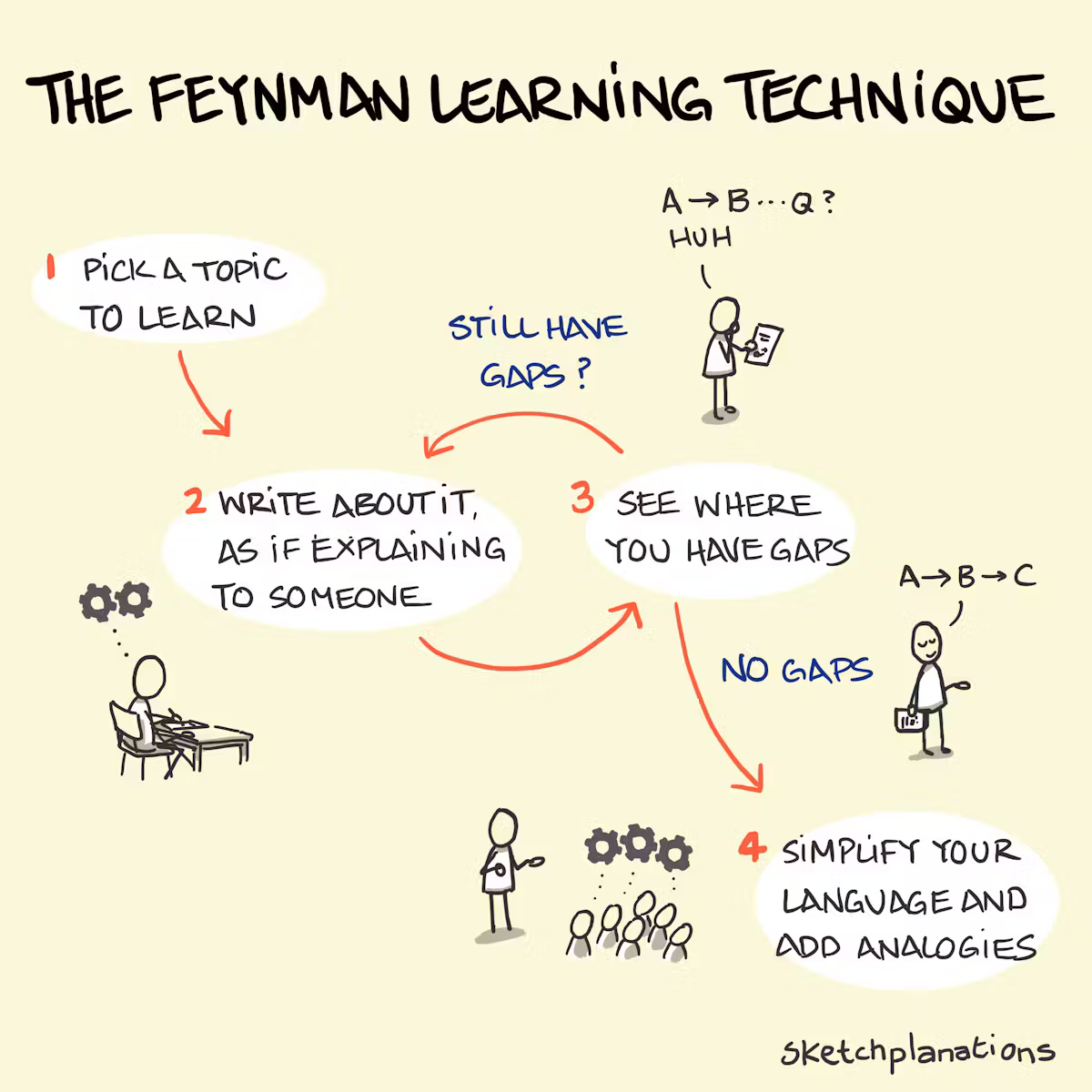
The Feynman Technique helps you learn by simplifying complex topics. Start by choosing a topic and explaining it as if you’re teaching someone else. Use simple language and avoid technical terms. If you struggle to explain something, revisit the material until you fully understand it.
This method forces you to break down ideas and identify knowledge gaps. It’s particularly useful for subjects like science and math, where understanding concepts deeply is critical. Writing your explanations down or speaking them aloud can further solidify your understanding.
Once you can explain the topic clearly, try refining your explanation. Make it even simpler and more concise. This ensures you not only remember the material but also understand it thoroughly.
3. Leitner System
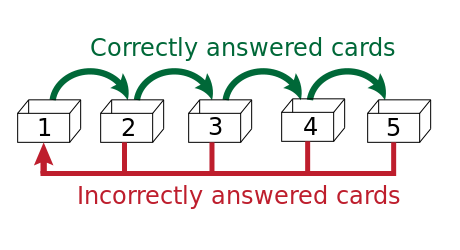
The Leitner System is a flashcard-based study technique that leverages spaced repetition. Create flashcards for the material you need to learn, with questions on one side and answers on the other. Organize the cards into boxes based on how well you know the material.
Review the cards in Box 1 daily. If you answer correctly, move them to the next box, which you’ll review less frequently. Incorrect answers go back to Box 1 for more frequent review. This process ensures you spend more time on difficult topics and less on ones you’ve mastered.
The system is ideal for memorizing facts, vocabulary, and formulas. It’s highly adaptable and can be used for any subject. Regularly cycling through the cards enhances long-term retention.
4. AI Study Tools
If you are looking for a way to improve your study habits, don't overlook AI tools as a way to help you do it.
In fact, 86% of students are already using AI to help with studying and schoolwork, studies show.
There are many AI study tools available, but if you are looking for one that can help you with all aspects of studying, you will love AI Blaze.
AI Blaze is your personal AI studying & writing assistant that helps you quickly generate study guides right where you work!
With AI Blaze, you can use AI to generate study guides based on your textbook, syllabus, or any other course materials in just a few seconds! Plus, it works on any website!
Features
Generate study guides with AI - Quickly generate study guides on any website to help you study.
Create practice tests & check your answers - AI Blaze can even help you study by generating practice tests, grading your answers, and providing feedback!
Instantly use GPT-4 on any site with keyboard shortcuts and a dynamic AI sidebar assistant!
AI Blaze is free! - Forget about annoying licenses or subscriptions
Automate any task with AI, like rewriting text, generating new text, summarizing text, paraphrasing text, and much more!
Use AI Blaze to boost your study game
5. SQ3R Method
The SQ3R Method stands for Survey, Question, Read, Recite, and Review. Begin by surveying the material to get an overview of the content. Look at headings, subheadings, and summaries. Next, form questions based on what you want to learn from the material.
As you read, look for answers to your questions. After reading, recite the main ideas aloud or in writing to reinforce your understanding. Finally, review the material regularly to cement the information in your memory.
This technique encourages active engagement with the material, making it easier to comprehend and retain. It’s especially helpful for subjects that require critical thinking, like history or literature.
6. PQ4R Method
PQ4R stands for Preview, Question, Read, Reflect, Recite, and Review. It’s similar to the SQ3R method but adds steps for deeper reflection. Start by previewing the material to identify key points. Then, create questions to guide your reading.
After reading, reflect on the material by thinking about its significance and how it relates to other topics. Recite the main ideas to reinforce your memory, and review them periodically to ensure long-term retention.
This method is effective for understanding complex topics and making connections between ideas. It’s particularly useful for subjects that require critical analysis, like philosophy or social sciences.
7. Spaced Practice
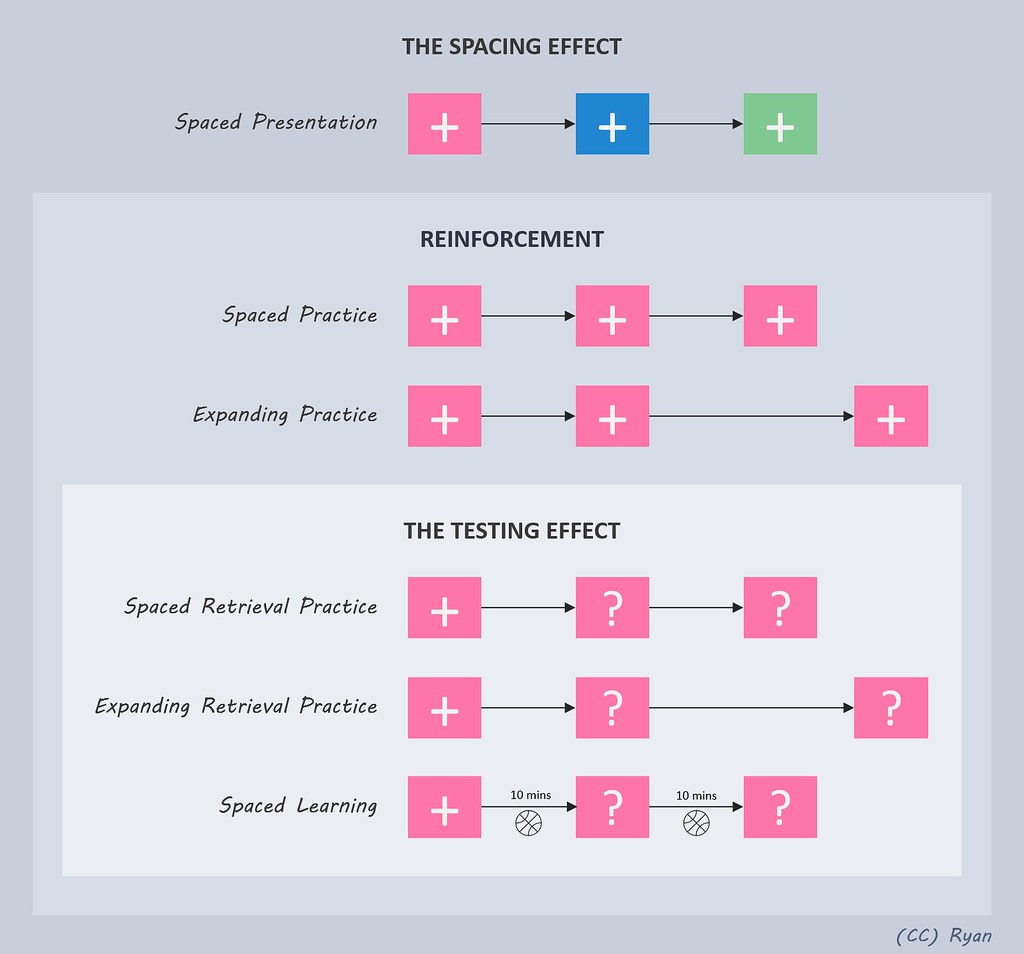
Spaced Practice involves spreading out your study sessions over time. Instead of cramming, review the material at regular intervals. Start by studying daily, then gradually increase the time between sessions as you become more confident.
This method leverages the "spacing effect," which improves memory retention. It’s especially useful for studying for exams that require mastering a large amount of material. Use a calendar or app to schedule your study sessions and stick to your plan.
The key is consistency. Regular review prevents forgetting and strengthens your memory over time. Combining Spaced Practice with other techniques, like flashcards, can enhance its effectiveness.
Use AI Blaze to boost your study game
Bonus Tip: Utilize Active Recall
Active Recall is one of the most effective ways to reinforce memory. Instead of passively reviewing notes, test yourself on the material. Use flashcards, practice questions, or even try writing out everything you know about a topic.
This method forces your brain to retrieve information, strengthening your ability to recall it later. Incorporating techniques like active recall or rote memorization into your study routine improves both retention and understanding. It pairs well with techniques like Spaced Practice and the Leitner System.
Use AI Blaze to Boost Your Study Game
Studying effectively doesn’t have to be complicated. By using proven techniques like the Pomodoro Technique, Feynman Technique, and Spaced Practice, you can tailor your study routine to your learning style.
Don’t forget to prepare your environment, plan your sessions, and prioritize methods like Active Recall for the best results. With the right strategies, you’ll be well-equipped to tackle any exam or test.
Use AI Blaze to boost your study game, make study guides, and generate practice tests for you using AI for free!


